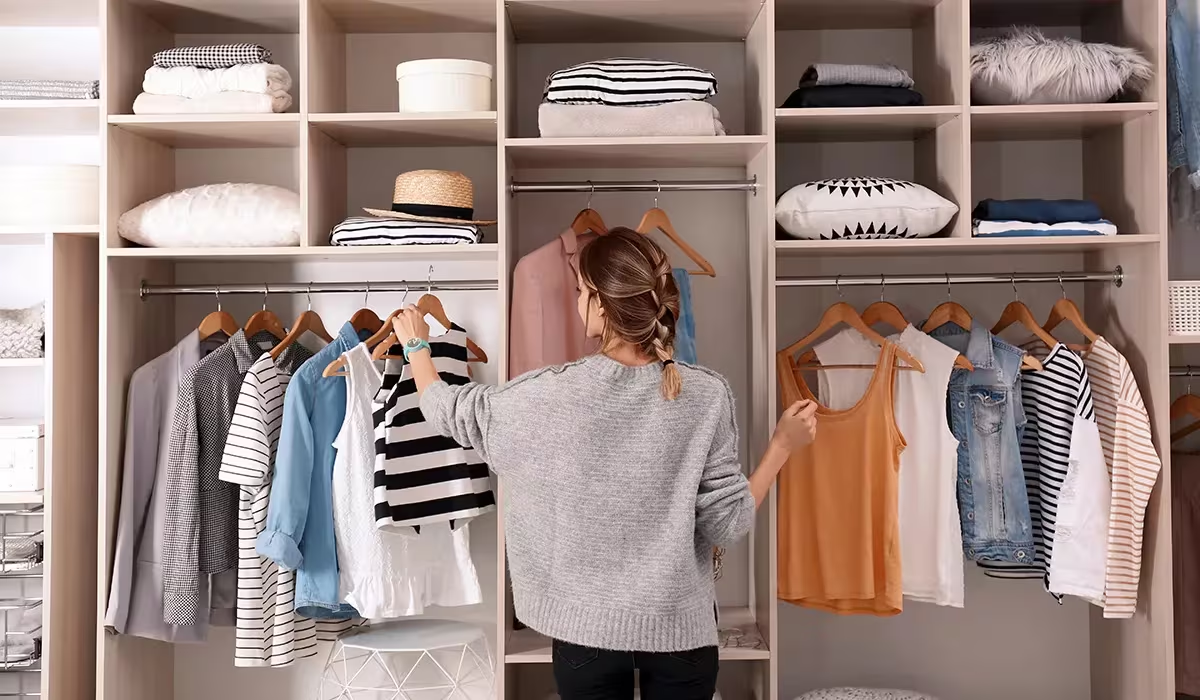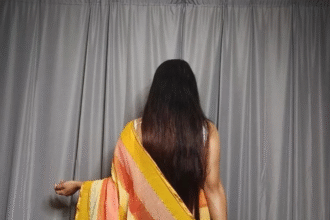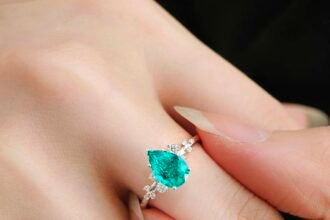Introduction
A timeless wardrobe isn’t about following every trend it’s a thoughtfully curated collection of clothes that look good, feel right, and work across seasons and years. Whether you’re starting from scratch, simplifying, or upgrading, a timeless closet saves money, reduces decision fatigue, and helps you look put-together with minimal effort. This guide will walk you through what a timeless wardrobe actually means, the essential pieces to invest in, how to assess quality and fit, smart color and coordination strategies, and maintenance habits that keep garments lasting longer. The advice here follows EEAT principles: practical, experience-informed recommendations, clear reasoning about durability and style, and guidance that helps you make trustworthy choices for a better long-term wardrobe. Read on for step-by-step ideas to make your closet smarter, not busier.
What a “Timeless Wardrobe” Really Means
A timeless wardrobe is built around classic shapes, durable fabrics, and neutral-to-versatile colors that remain stylish regardless of seasonal trends. It emphasizes pieces that perform across multiple contexts from work meetings to casual weekends and prioritizes fit and proportion over flashy logos or ephemeral details. Think tailored blazers, a well-cut pair of jeans, a simple white shirt, a neutral coat, and shoes that balance comfort with clean lines. The goal is not to be boring; it’s to have a reliable foundation you can mix with occasional trend items. Timeless dressing also reduces impulse buying: when pieces coordinate, you get more outfits from fewer items. This approach supports smarter spending, less waste, and easier daily dressing. By focusing on quality and versatility, you create a closet that serves you better for years.
Core Pieces to Invest In
Start with a small set of multi-purpose garments that form the backbone of countless outfits. For many people this includes: a white button-down shirt, a neutral blazer, tailored trousers, well-fitting jeans, a little black dress (or equivalent), a versatile coat, quality knitwear (like a crewneck or cardigan), and two pairs of shoes one casual and one dressier. Accessories such as a leather belt, a neutral handbag, and simple jewelry can elevate looks without clutter. Aim for pieces that layer well and can be dressed up or down: jeans plus blazer, knit plus skirt, or shirt under a sweater. When you buy fewer, better items, each purchase must earn its place: ask whether it pairs with at least three existing pieces. Over time, these core items reduce decision fatigue and create a sense of style continuity that defines a timeless wardrobe.
Choosing Quality and the Right Fit
Quality and fit determine whether a garment will age gracefully. Look for natural fibers (wool, cotton, linen, silk) and sturdy constructions: clean seams, reinforced buttons, and smooth linings. Check fabric weight and drape lightweight fabrics are fine for summer, but heavier weaves often last longer. Fit is equally important; tailoring can transform an off-the-rack piece into a personal classic. Learn basic fit cues: shoulders should align, sleeves and hems should fall where they naturally end, and garments should allow movement without pulling. Don’t be afraid to allocate budget toward fewer high-quality items rather than many cheap ones. Cost per wear is a useful measure: a well-made coat you wear for years becomes very economical. Finally, inspect return policies and care instructions before buying, since maintenance needs affect longevity.
Color, Pattern, and Coordination Strategy
A timeless wardrobe typically leans on a cohesive color palette so pieces mix-and-match effortlessly. Start with neutrals navy, black, gray, beige, white then add one or two accent colors that flatter your skin tone. Patterns are fine in moderation: classic stripes, small checks, or subtle plaids can add interest without dating outfits. Avoid overly loud prints that lock you into a narrow styling window. When building, test combinations: can a blazer pair with three different bottoms? Does your shoe choice suit most outfits? Limiting the palette doesn’t mean monotony it creates creative freedom. Seasonal pops of color or trend-driven accessories can refresh looks while the core remains intact. This coordination-first approach saves time and money because each new piece increases outfit options exponentially.
Care, Repair, and Sustainable Practices
Owning fewer items means you can care for them well. Follow care labels, but also learn simple mending: sewing a button, fixing a hem, or patching a small tear extends garment life dramatically. Store seasonal pieces properly breathable garment bags for coats, cedar or lavender to deter moths, and folded knits to avoid stretching. Rotate shoes with shoe trees, and spot-clean rather than over-washing to preserve fibers. When shopping, consider sustainability: choose brands with transparent supply chains or secondhand pieces in excellent condition. Resale and donation keep garments circulating and reduce waste. The more you treat clothing as valuable, the longer it lasts which aligns with both timeless style and responsible consumption.
How to Update Your Look Without Undoing Timelessness
Refreshing your style doesn’t require a full closet overhaul. Add small, intentional trend items: a seasonal scarf, a new handbag silhouette, or a statement shoe. Keep the ratio in favor of core pieces so new items feel like accents rather than anchors. Another low-cost update is tailoring swapping buttons, shortening sleeves, or changing a hem can modernize classics. Rotate accessories frequently; scarves, belts, and jewelry shift the mood of the same outfits. When shopping, ask whether an item complements at least three existing pieces; if not, skip it. This approach lets you enjoy contemporary touches while retaining a cohesive, timeless foundation.
Conclusion
A timeless wardrobe is a long-term investment in simplicity, quality, and clarity. By starting with a thoughtful set of core pieces, focusing on fit and materials, building a cohesive color strategy, caring for items properly, and introducing updates sparingly, you can create a closet that serves you well for years. The result is less clutter, smarter spending, and the confidence of always having something appropriate to wear. Use these principles to guide purchases and maintenance, and your wardrobe will reward you with enduring style and utility.
FAQs
Q: How many items should a timeless wardrobe have?
A: There’s no strict number aim first for a versatile core (around 25–40 well-chosen pieces including shoes and outerwear) that covers daily life. Quality and mixability matter more than count.
Q: Can I include trends in a timeless wardrobe?
A: Yes but treat them as accents. Keep the core classic and add small, inexpensive trend items that can be swapped seasonally.
Q: Is tailoring important?
A: Absolutely. Tailoring improves fit and makes garments look bespoke, which is a major part of a timeless aesthetic.
Q: Are expensive brands necessary for a timeless wardrobe?
A: Not necessarily. Prioritize quality materials and construction. Secondhand high-quality pieces or affordable brands with good materials can work well.
Q: How do I decide when to replace an item?
A: Replace when wear compromises function (holes, loss of structure), when fit no longer flatters, or when repair is not cost-effective. Otherwise, repair and maintain.









